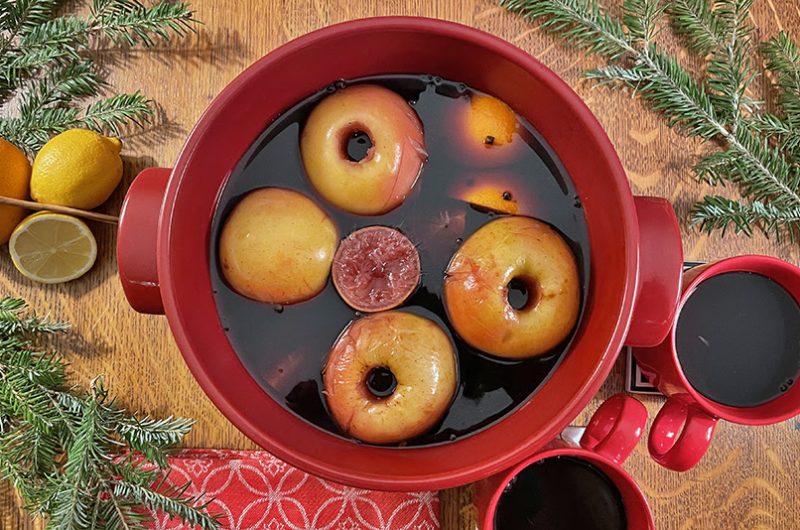
ABOUT THE ART
Lehman, Robert. The King Drinks. Copy after Jacob Jordaens (Flemish, Antwerp 1593–1678 Antwerp), ca. 1645-50. Red chalk with brush and gray, blue, and brown ink, and washes in the same colors over black chalk; remains of a black chalk framing line. H. 6-3/4 in. x W. 10-7/8 in. Drawings. Robert Lehman Collection, 1975. Accession Number: 1975.1.838. New York City, New York. The Metropolitan Museum of Art.
This drawing, believed to have been made by a student or member of Jordaens’s workshop, combines two Flemish themes that Jordaens explored in many versions toward the end of his career. The scene depicts a domestic interior, which relates to the popular depictions of the Twelfth Night feast. Families would often gather for a lavish meal to celebrate the arrival of the Three Kings, with a man being crowned king for the night. Such images typically portrayed uncouth behavior and carried a moral warning against excess. However, this drawing shows a more restrained gathering, which may also illustrate the secular proverb “As the Old Sing, So the Young Twitter” in a whimsical manner.
Twelfth Night – January 5th
The Christmas season is not just a day, but a season that lasts from Christmas Eve (after the service) until Epiphany Day on January 6th. This is commonly known as the 12 days of Christmas (excluding Christmas Eve) and makes the night of January 5th the twelfth night or Epiphany Eve.
Traditionally, this night is one of great celebration. One tradition is to eat the edible parts of Christmas decorations, such as fruits placed on wreaths or used as ornaments on the Christmas tree. This event marked when the decorations had to come down to bring good luck, although some traditions keep the decorations up until Candlemas on February 2nd.
The favorite twelfth-night tradition is wassailing, which has now become caroling. This night is a great night to sing or enjoy Christmas carols for the last time of the season. Wassail is an Anglo-Saxon blessing, “waes-hael,” meaning “be of good health.” The traditional response was “drinc-hael,” or “drink and be healthy,” similar to offering a toast. The two parties would then drink from the wassail bowl, which contained a warm drink of mulled hard cider, or sometimes mead, ale, or wine.
As expected, these celebrations could get out of hand if a large number of people were to bless. Consequently, twelfth-night festivities were illegal in some places. It surprisingly shares a common history with trick-or-treating. On a holy evening, it is sacrilege to not give alms to the poor and those in need. So people would go from door to door asking for a blessing. However, if a blessing of food or drink was not given, things could deteriorate quickly. Hence the trick part of trick-or-treating, or the “we won’t go until we get some (figgy pudding, of course)” part of wassailing. We hope your holiday party does not end up in a hostage situation!
The final custom of wassailing is orchard wassailing, which involves singing a blessing to your apple or other fruit orchards. This sometimes involves pouring out a bit of wassail on the roots of a tree. We find this tradition a beautiful reminder of our connection with creation. Sometimes, it is easy to forget where our food comes from. We have a number of fruit trees that we love and already talk to, so why not sing them a blessing? It cannot hurt (they do love carbon dioxide).
Here is our recipe for wassail. We have provided a variation to make it with or without alcohol. If you want to taste some of the alcohol from the version that includes it, make sure not to overheat it, or it’ll boil all the alcohol off.

Wassail
Wassail is a traditional hot, spiced punch that is typically served during the Christmas season in countries like the United Kingdom and United States. It is served from a large communal bowl and is often associated with caroling and other festive holiday traditions. The word "wassail" itself comes from an Old English phrase meaning "be healthy" or "be whole," and the drink has been a part of holiday celebrations for centuries.
Keep the screen of your device on
Ingredients
4 4 apples
1 1 orange
1/2 1/2 lemon
1/2 cup 1/2 water
4 tablespoons 4 dark brown sugar
1 teaspoon 1 whole cloves
2 2 cinnamon sticks
1 teaspoon 1 whole allspice
1 quart 1 hard cider*
2 cups 2 port wine*
1 cup 1 brandy*
Directions
- Preheat oven to 350°F.
- Using a small knife or apple corer, remove the core from the apples. Place the apples in a 4-quart or larger dutch oven or other oven-proof pot.
- Fill the cavity of each apple with 1 tablespoon of dark brown sugar.
- Push the whole cloves into the the peel of the orange and then place the orange in the pot. Add the 1/2 cup of water.
- Place in the oven and bake until the apples are tender but still maintain their shape about 40 minutes.
- Remove the pot from the oven and place on the stove top. Cut the orange into quarters and return to the pot.
- Add 1 quart hard cider, 2 cups port wine, 1 cup brandy, 1/2 lemon, 2 cinnamon sticks, and 1 teaspoon whole allspice.
- To make non-alcoholic: Use 6 cups apple cider and 1 cup freshly squeezed orange juice in place of the hard cider, wine, and brandy.
- Barely bring to a boil over medium high heat, then reduce heat and simmer for about 20 minutes, stirring occasionally.
- Serve immediately or keep warm until ready to serve.
Notes
- *To make non-alcoholic: Use 6 cups apple cider and 1 cup freshly squeezed orange juice in place of the hard cider, wine, and brandy.